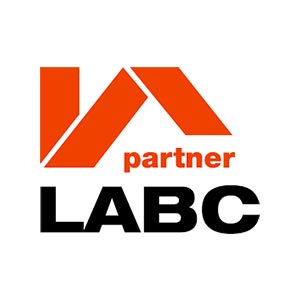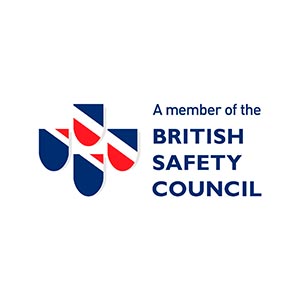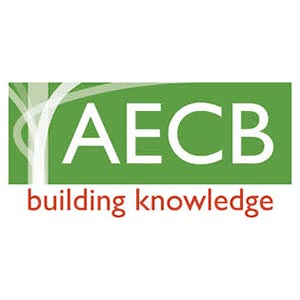Extensions and Loft Conversions
At a Glance...
- If required, building regulation drawings must be submitted to building control.
- They are followed by the builder you instruct to ensure the work carried out meets regulations.
- Your local Building Control Officer will visit your project to perform checks and sign off the work
What are Building Regulations?
Building Regulations are minimum standards for design, construction and alterations to virtually every building. They are developed by the Government and approved by Parliament.
The Building Regulations also contain a list of requirements (referred to as Schedule 1) that are designed to ensure minimum standards for health, safety, welfare, convenience, energy efficiency, sustainability and to prevent misuse, abuse or contamination of water supplies.
These regulations set national standards for building work, whether it be on a major new development or an extension or alterations to your home. They cover all aspects of construction, including foundations, damp-proofing, the overall stability of the building, insulation, ventilation, heating, fire protection and means of escape in case of fire. They also ensure that adequate facilities for people with disabilities are provided in certain types of building.
What Is The Difference Between Building Regulation Drawings and Planning Permission Drawings?
Building regulation drawings are technical drawings that set out in detail such as construction methods and types of materials that should be used throughout the build.
What Types of Work are Building Regulations Approval Required For?
- New Build Residential Properties.
- Extensions and Alterations.
- Change of Use.
- Internal Structural Alterations.
- Loft and Garage Conversions.
- Installing a WC.
- Loft Conversions
*Please note this list is not exhaustive, if you require further information contact you're local building control office or contact us.
How Can I Get Building Regulations Approval?
Building Regulation approval can be obtained through either a Full Plans Application or for smaller DIY projects a Building Notice. A full plans application comprises of a completed application form, a detailed set of building regulation drawings and the correct fee. Throughout the Building Regulations process a building control inspector will visit the site to make sure that the work which has been undertaken meets the required standards.
What Happens If I Do Not Apply For Building Regulations Approval?
Obtaining Building Regulation Approval from you’re the Local Authority is a legal requirement when carrying out certain types of building work. If you chose to carry out applicable work without Planning Permission it can lead to enforcement action being taken by the local authority.
Want to know even more?
Building Regulations are regularly being updated, and consist of parts A-P. Below is a brief explanation of each.
A – Structure
This part is concerned with the structural stability of buildings. Areas covered include design of foundations, walls, floors and roof components and also in limiting the extent to which parts of the building may collapse if a major catastrophe, like a gas explosion occurs.
B – Fire Safety
This part includes requirement for providing early warning of a developing fire, satisfactory escape routes, preventing fire spread both within and to other buildings and providing good access and fire fighting facilities for the Fire Services.
C – Site Preparation and Resistance to Contaminants and Moisture
This part contains the recommendations of making sure your property remains free from damp penetration, condensation, from any contamination that may be in the ground, and watertight.
D – Toxic Substances.
This part provides guidance on the prevention of toxic substances permeating into the building when inserting insulation into cavity walls.
E – Resistance to the Passage of Sound.
This part includes requirement aimed at reducing sound transference between dwellings, flats, from certain types of rooms and between communal areas and dwellings.
F – Ventilation.
This part provides for adequate levels of ventilation to buildings and prevention of condensation forming in roof voids.
G – Hygiene.
This part is concerned with providing sanitary conveniences and adequate washing facilities. It also includes requirements associated with unvented hot water storage installations.
H – Drainage and Waste Disposal.
This part deals with the disposal of sewerage, waste water and storm water drainage together with details for solid waste storage (household refuse).
J – Combustion Appliances and Fuel Storage Systems.
This part covers safety requirements when installing either solid fuel, gas or oil heating appliances.
K – Protection from Falling, Collision and Impact.
This part is concerned with staircase design, headroom, handrails, balustrading and guarding of landings, balconies and other raised areas.
L – Conservation of Fuel and Power.
This part provides minimum standards of energy efficiency to all parts of the building. This section also provides design criteria for space heating and hot water storage.
M – Access to and Use of Buildings.
This part deals with the design of buildings to enable all people to gain access, and be able to use the facilities of the building. It also includes requirements to help people with sight, hearing and mobility impairments use buildings.
N – Glazing Safety in relation to Impact, Opening and Cleaning.
This area is concerned with providing safety glass in critical locations (glazing you are likely to walk into or fall against).
P – Electrical Safety.
This part applies to electrical installation work in dwellings, common parts to dwellings and associated gardens.
This section came into effect on 1 January 2006 and applies in buildings or parts of buildings comprising:
- Dwelling houses and flats;
- Dwelling and business premises that have a common supply – for example shops and public houses with a flat above;
- Shared amenities of blocks of flats such as laundries and gymnastics.
Part P applies also to parts of the above electrical installations:
- In or on land associated with the buildings – for example Part P applies to fixed lighting and
- Pond pumps in gardens;
- In outbuildings such as sheds, detached garages and greenhouses.
This means that new electrical installations carried out either on their own or as part of, for example a loft conversion or extension need to be certified by a qualified person. The certificate is then sent to us for our records.
If you cannot do this you will need to notify us so that we can inspect the work.


















